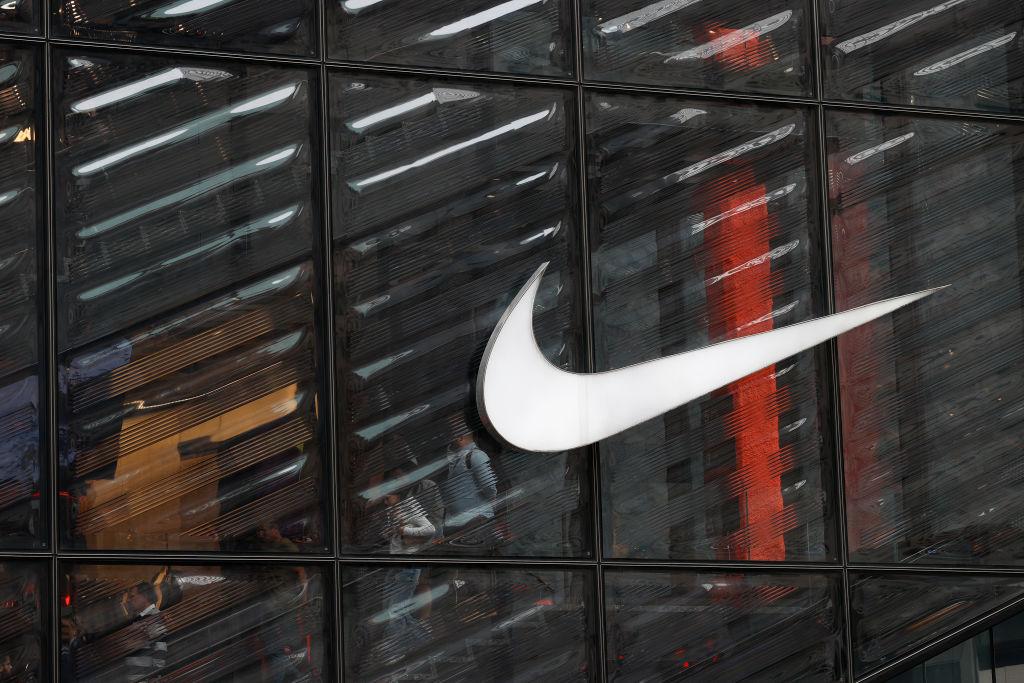
President Donald Trump announced a list of "reciprocal tariffs" impacting more than 180 countries.
Trump said the reasoning behind this was to correct trading imbalances and stabilize manufacturing jobs in the U.S. He also remarked these might not be the only tariffs to go into effect.
Some countries, like Australia, Singapore and the United Kingdom received a 10% baseline tariff on imported goods. Meanwhile, some of what Trump deems the "worst offender" countries received much higher tariffs.
China received a 34% tariff to go along with the 20% already imposed. Meanwhile, Vietnam received a 46% tariff.
As you can imagine, this can have a sweeping impact on many of the goods you buy, such as clothes.
How Trump's tariffs impact clothing
The United States receives 97% of their apparel and shoes from imports, according to the American Apparel & Footwear Association.
As part of this, China is the second largest exporter to the United States, sending $438.9 billion worth of goods in 2024. Keep in mind many popular clothing brands from Shein to Ralph Lauren make their clothes there.
Also, many of the clothing products sold at Target and Walmart are made in China, Bangladesh and Vietnam, all countries impacted by the tariffs.
Footwear prices could surge

Another country hit hard by the tariffs was Vietnam, a producer of American brands like Nike. President Donald Trump levied a 46% tariff on Vietnam imports.
For Nike fans, this isn't ideal news. Half of their shoes are made in either Vietnam and China. And Nike is already projecting double-digital sales declines.
Vietnam was also a leading producer of Ugg and Decker Brands, most notable for Hoka shoes. CNBC reports the company had 125 supply partners in China and 68 in Vietnam.
How do Trump's tariffs raise prices?
When governments impose tariffs, they're essentially taxing imported goods and forcing companies making these goods to pay more for them.
When companies incur these costs, they can absorb them or pass them on to the customers. In many cases, they might do a little of both.
To give you an example of how it works, Trump also recently imposed a 25% tax on all imported autos and parts. Goldman Sachs said Trump's tariffs on foreign cars could raise prices between $5,000 to $15,000, depending on the model.
Therefore, it's a safe bet to prepare for your clothing and footwear to cost more, based on these indicators.
How to save when prices rise
Trump's tariffs come at an inopportune time. Consumer sentiment continues to dip, as the University of Michigan's Survey of Consumers reported a reading of 57.0, down 28.2% from this time last year. Inflation continues to be the main cause for concern.
With prices likely to rise on many of your favorite clothing brands, deals might be difficult to come by. And that's why if you can hold off on buying until the dust settles on this, that would be the smartest bet.
However, if you do need things in the meantime, I'm a firm proponent in using shopping resources to your advantage. Here are two ways to do this:
- Look for financing incentives: Most store credit cards come with high interest rates and minimal perks. One smart alternative is the Costco Anywhere Visa by Citi. Costco carries popular footwear from brands like Ugg, Sketchers and more. Plus, with the credit card, you'll earn the following perks:
- Comparison shop: There are many apps available, allowing you to compare prices on the same products from multiple retailers in one place. One of my favorites is Flipp. It's free to download and includes circulars from all the major retailers.
The bottom line
President Donald Trump's extensive tariffs will send ripple effects through our supply chains. Since some of the countries hardest impacted are the ones making many of the clothes and shoes you buy, it's a safe bet prices will rise.
By using cash back cards and comparison shopping sites, you can find some ways to save, even with prices surging.







